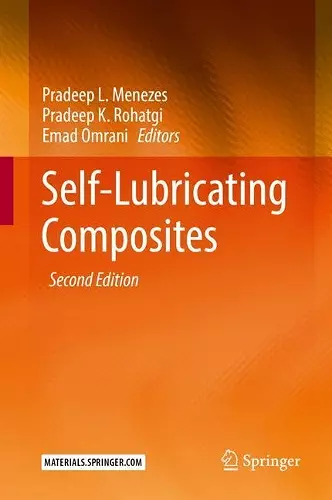Self-Lubricating Composites
Pradeep K Rohatgi editor Emad Omrani editor Pradeep L Menezes editor
Format:Hardback
Publisher:Springer-Verlag Berlin and Heidelberg GmbH & Co. KG
Published:4th Jan '22
Should be back in stock very soon
This hardback is available in another edition too:
- Paperback£109.99(9783662642450)

In most tribological applications, liquid or grease based lubricants are used to facilitate the relative motion of solid bodies to minimize friction and wear between interacting surfaces. The challenges for liquid lubricants arise in extreme environmental conditions, such as very high or low temperatures, vacuum, radiation, and extreme contact pressure. At these conditions, solid lubricants may be the alternative choice which can help to decrease friction and wear without incorporating liquid lubricants. Challenges with solid lubricants are to maintain a continuous supply of solid lubricants on the contact surfaces to act as lubricous layer between two sliding surfaces. Such a continuous supply is more easily maintained in the case of liquid lubricants when compared to solid lubricants. The most innovative development to ensure a continuous supply of solid lubricant to the contact surface during sliding is to introduce solid lubricant as reinforcement into the matrix of one of the sliding components. Composite materials are engineered or naturally occurring materials which contain two or more distinct constituents with significantly different chemical, physical and mechanical properties. Composites consist of reinforcement and matrix (metal, polymer and ceramics). Among various reinforcements, recent emerging material, solid lubricant, is found to have many favorable attributes such as good lubrication property. Self‐lubrication is the ability of a material to provide lubrication to the contact surface to decrease friction and wear rate in the absence of an external lubricant by transferring embedded solid lubricants in the composite to the interface. Self-lubricating composites (SLCs) are an important category of engineering materials that are increasingly replacing a number of conventional materials in the automotive, aerospace, and marine industries due to superior tribological properties. In SLCs, solid lubricant materials, including carbonous materials, molybdenum disulfide (MoS
ISBN: 9783662642429
Dimensions: unknown
Weight: unknown
296 pages
Second Edition 2022